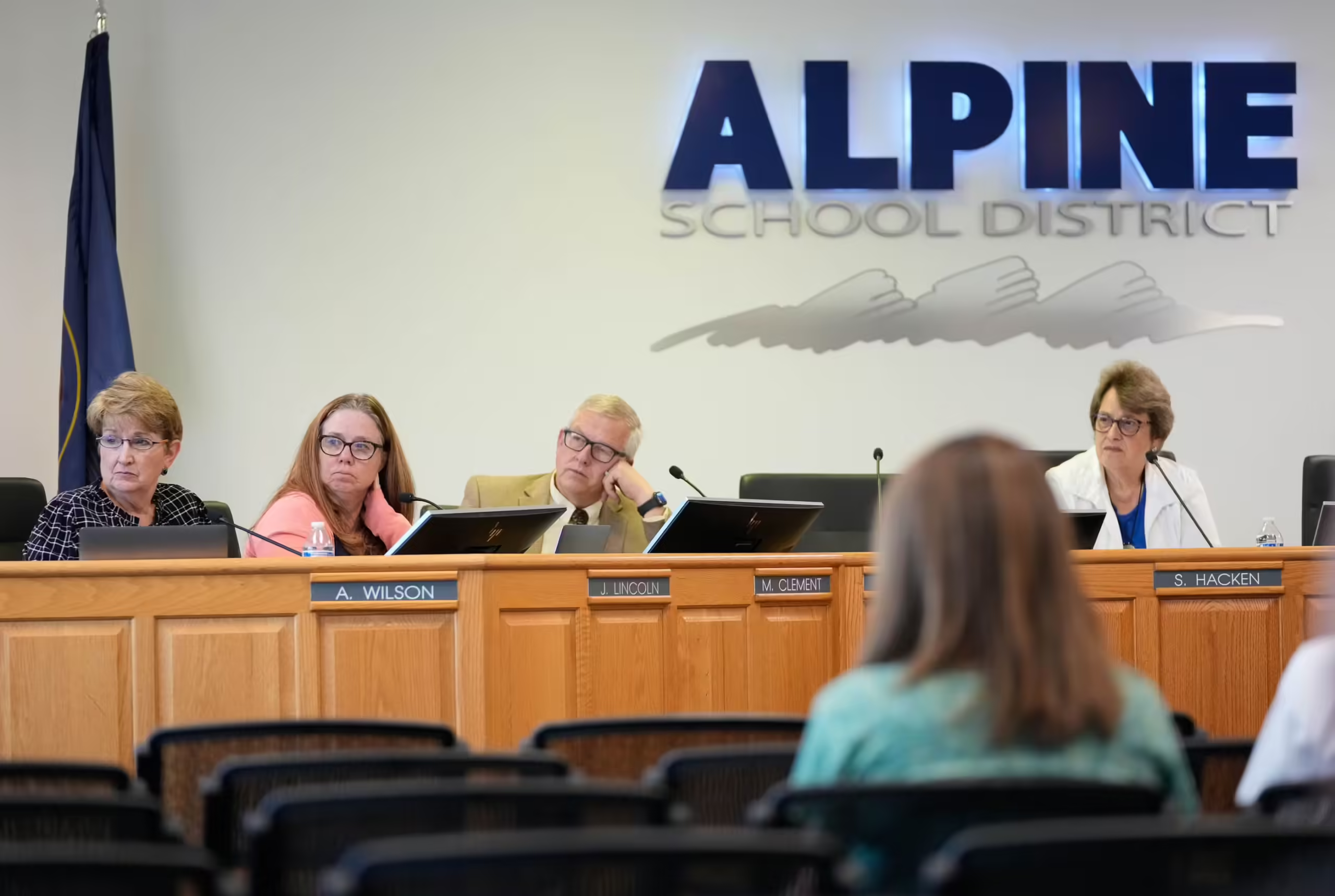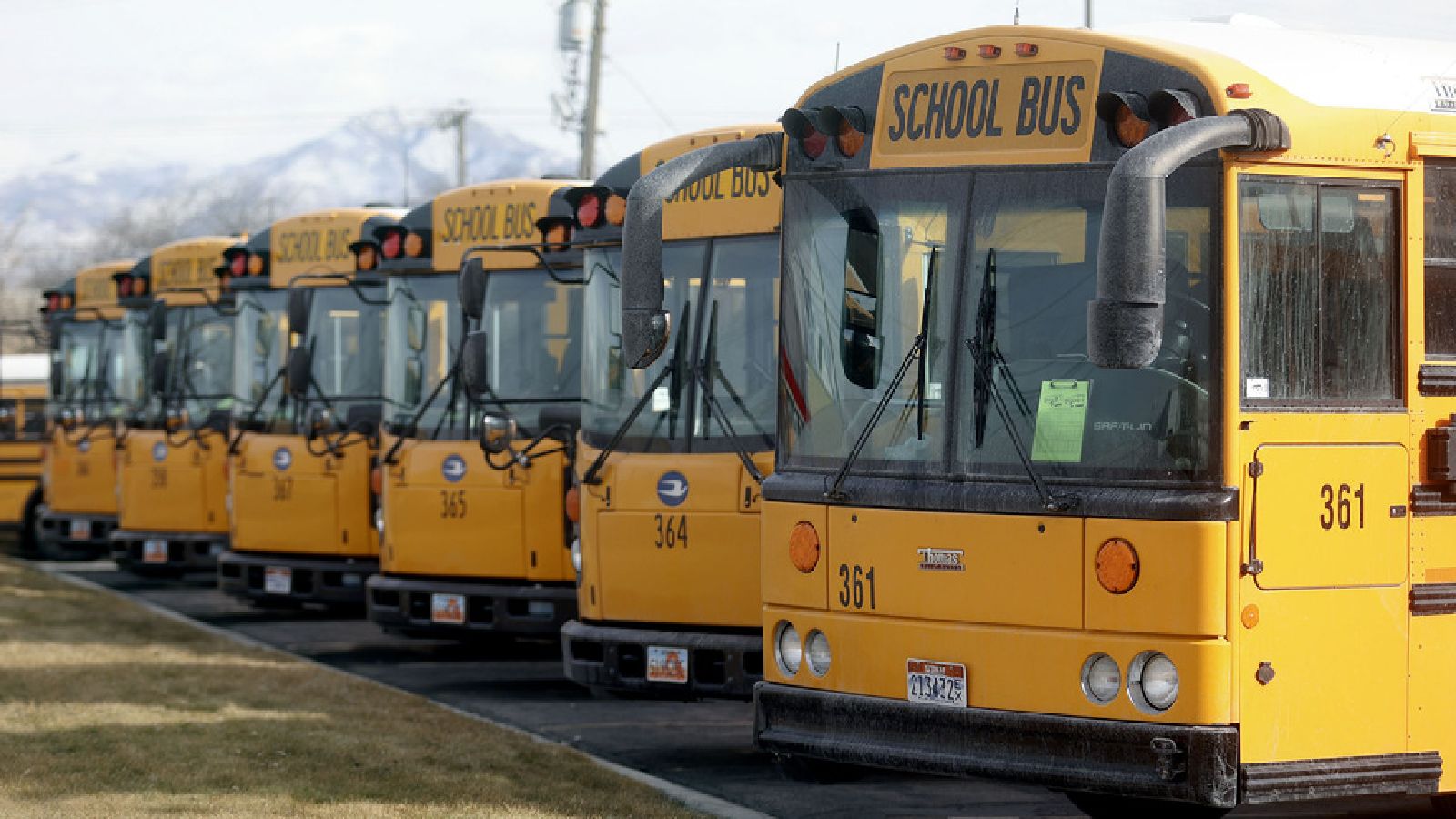This op-ed was written by Alessandro Demarchi, an education policy research intern at Libertas Institute, and originally appeared in Salt Lake Tribune on July 31, 2024.
In last month’s special session, the Utah Legislature passed HB3003, transferring the power to initiate school district splits from school boards to citizens’ petitions and municipalities.
Parents will now be empowered to pursue the organizational framework that most benefits their children’s education. Families will be closer to the decision making process and more programs will be tailored to the needs of local schools.
Several communities in Utah County intend to take advantage of this opportunity to leave Alpine School District, the largest in the state.
Cedar Fort, Eagle Mountain, Fairfield and Saratoga Springs have formed an interlocal agreement with the aim of establishing a separate “West District.” Meanwhile, a similar framework comprising Alpine, American Fork, Cedar Hills, Draper, Highland and Lehi, is looking to form a new “Central District.”
In August, municipalities within the interlocal agreements are expected to greenlight the two initiatives for the ballot this November, which would allow voters in the would-be districts to have the final say. The remaining communities of Lindon, Orem, Pleasant Grove and Vineyard would continue as one reorganized district, should the proposals succeed at the ballot box.
These interlocal agreements promise exactly what is needed to give parents a stronger voice in their children’s education and influence its direction.
According to the Utah State Board of Education, Alpine School District has more than 80,000 K-12 students in its schools, compared to 13,814 in the average Utah school district and 3,659 nationwide, as reported by the National Center for Education Statistics. In a district with this many students, not everyone’s voice can be heard.
Communities in the potential West District are the ones faring the worst in the current situation. Their expenditures per student are 7.1% lower than the district average, contributing to their schools lagging behind in English and Math proficiency scores (4.4% and 3.5% short of the district average respectively).
However, concerns with the current arrangement of Alpine School District remain even in municipalities of the would-be Central District, despite expenditures per student in line with the district average and high performance levels in English and Math (4.2% and 5.0% above the rest of the district respectively).
Heather Newall from the Lehi City Council told the Libertas Institute that “[Alpine School District] spends more per student and has more employees per student in the Southeast compared to the Northeast. As such, my biggest concern is placing a significant tax burden on Northeast residents to pay for services they don’t benefit from. The size of the district makes it difficult for communities to feel represented. It’s challenging to meet the unique needs of all district areas when they are growing and declining at different rates. Passing a bond for the whole district would be difficult as not every area needs it or would benefit equally.”
The size of Alpine School District leads to colossal price tags for district-wide bonds, which are unable to satisfy the needs of all the communities that contribute to them (the latest $595 million one was rejected by voters in 2022).
A three-way split would create more manageable districts, which would give greater control over how the children are educated.
It’s time to give parents a say on whether they want to leave Alpine School District. Should the proposals make it on the ballot this fall, by approving them families in Northeastern Utah County would see local tax resources allocated directly to facilities, programs and initiative in a way that truly allows their children to succeed.






